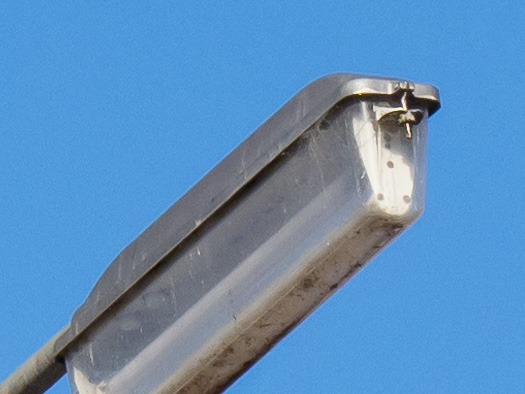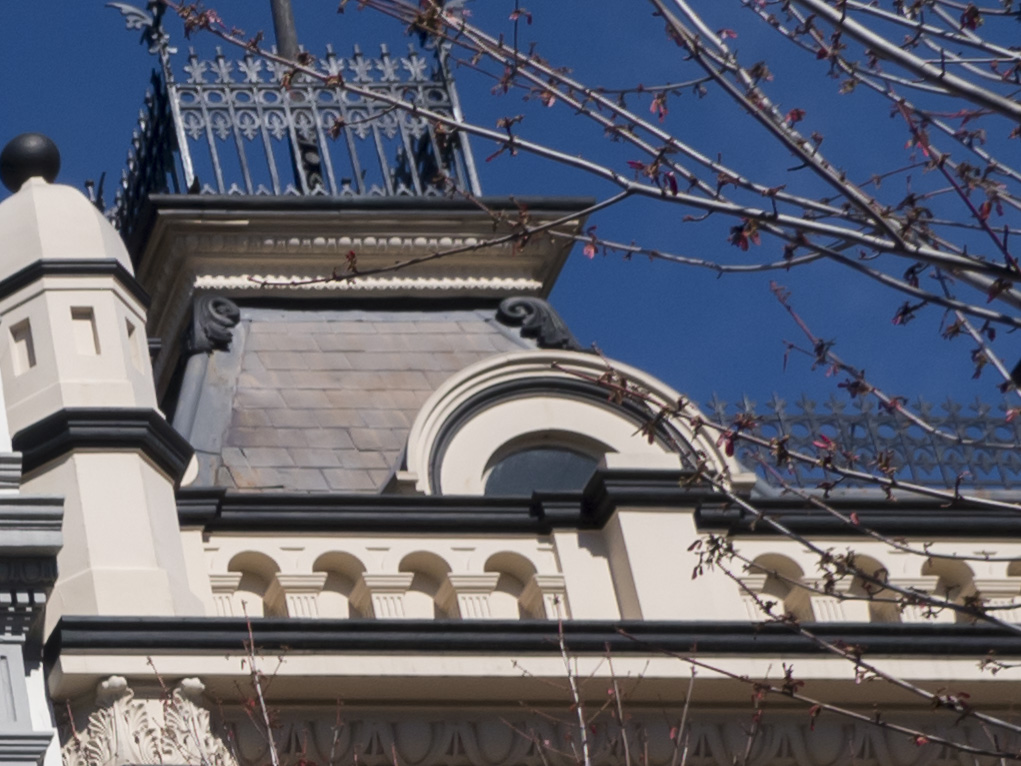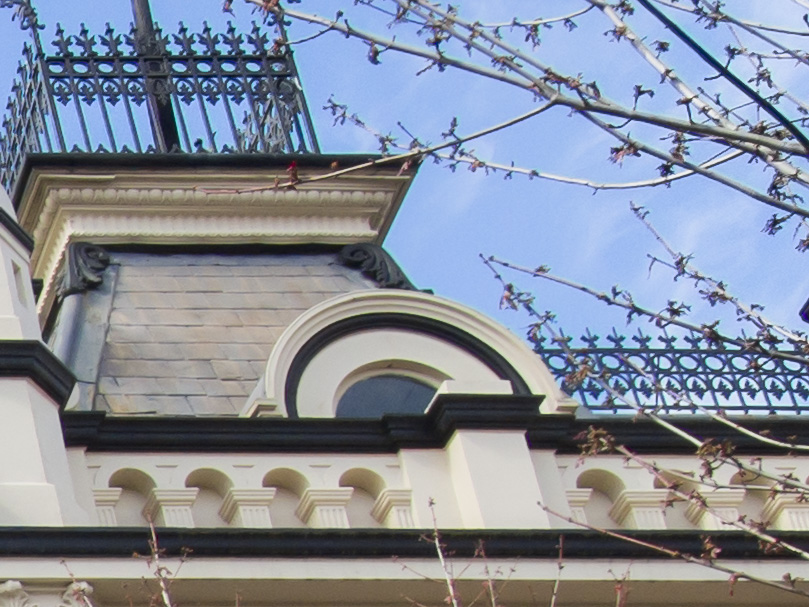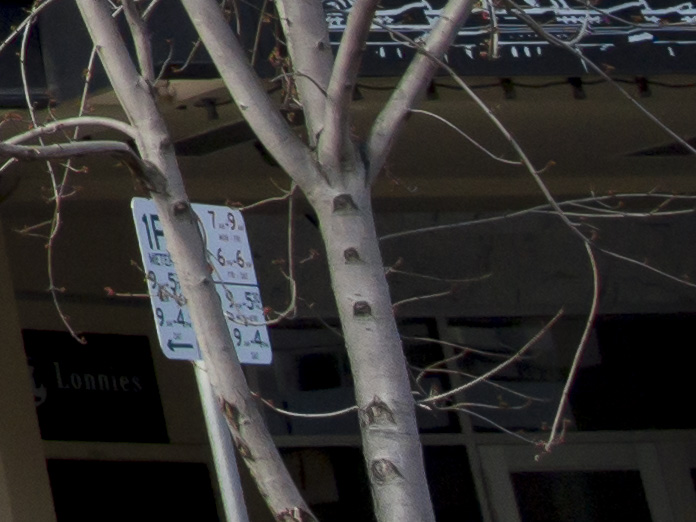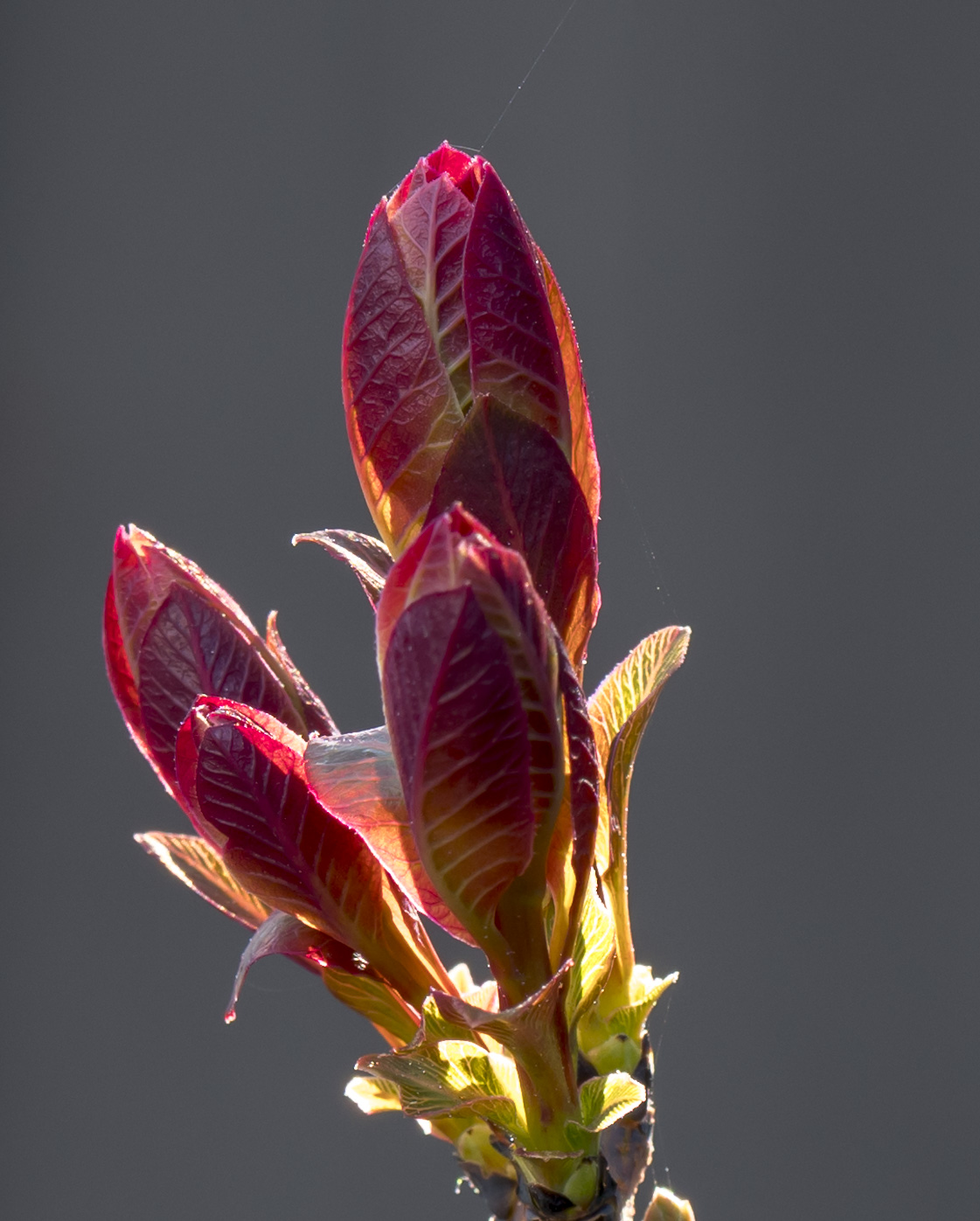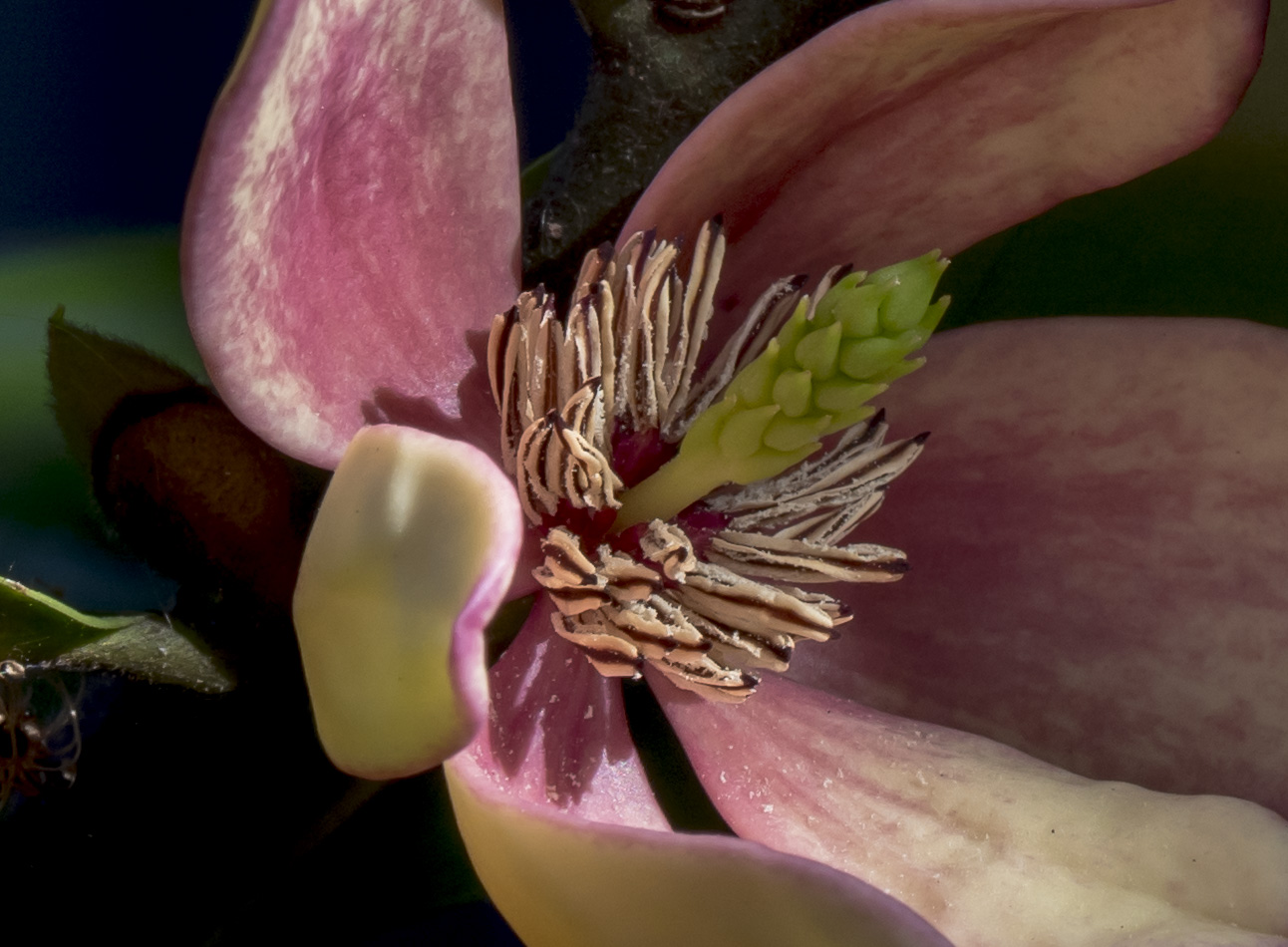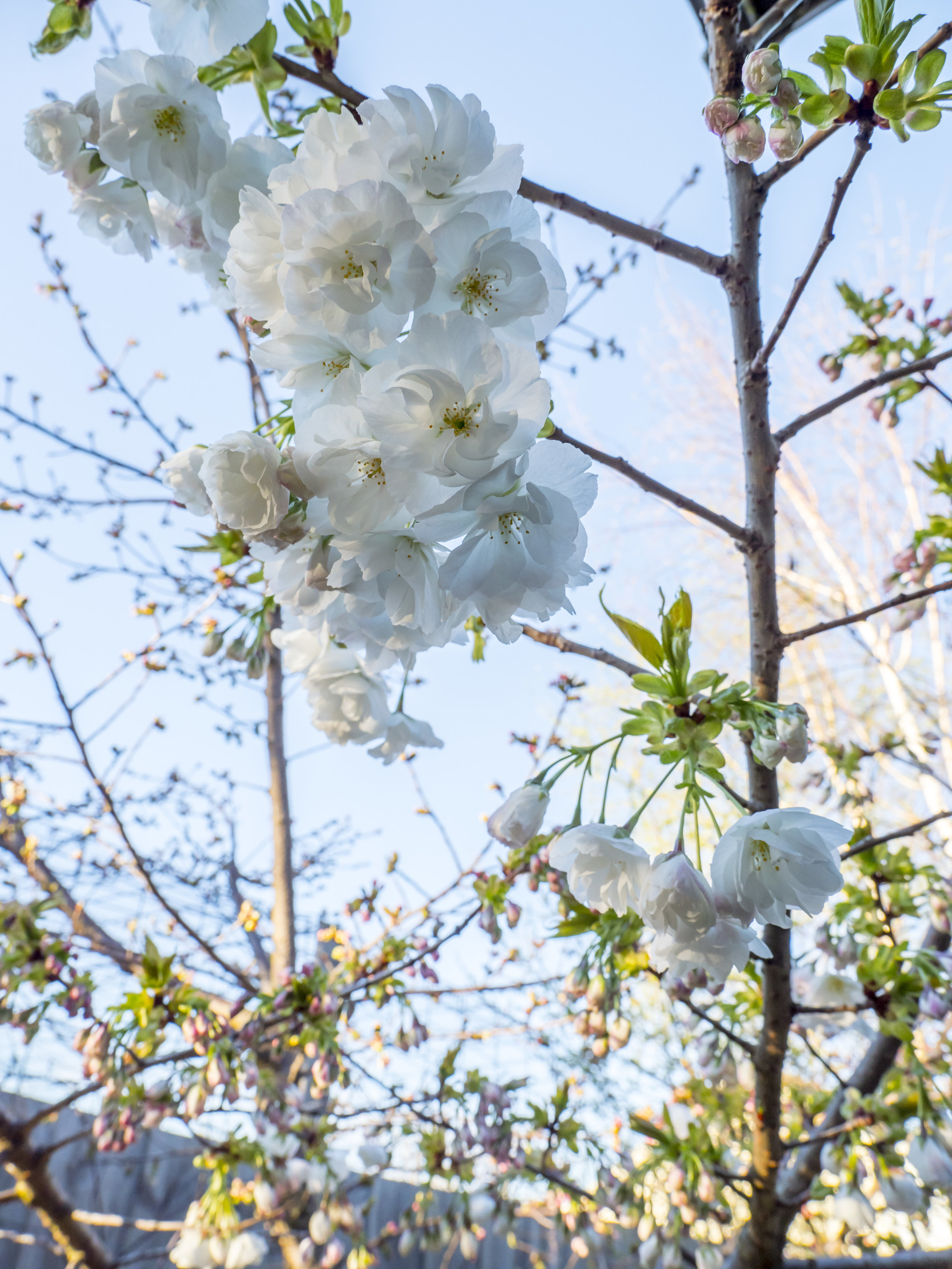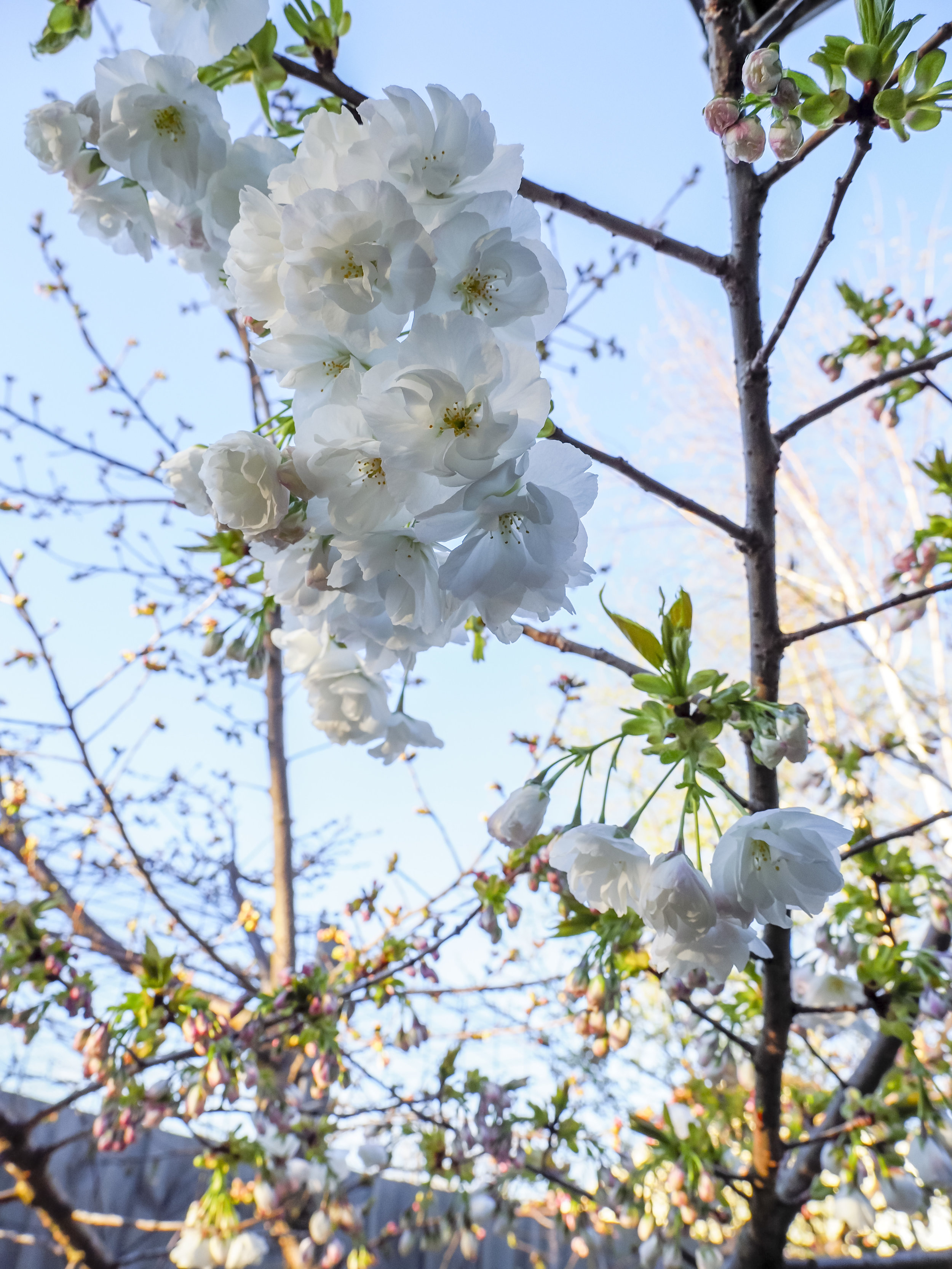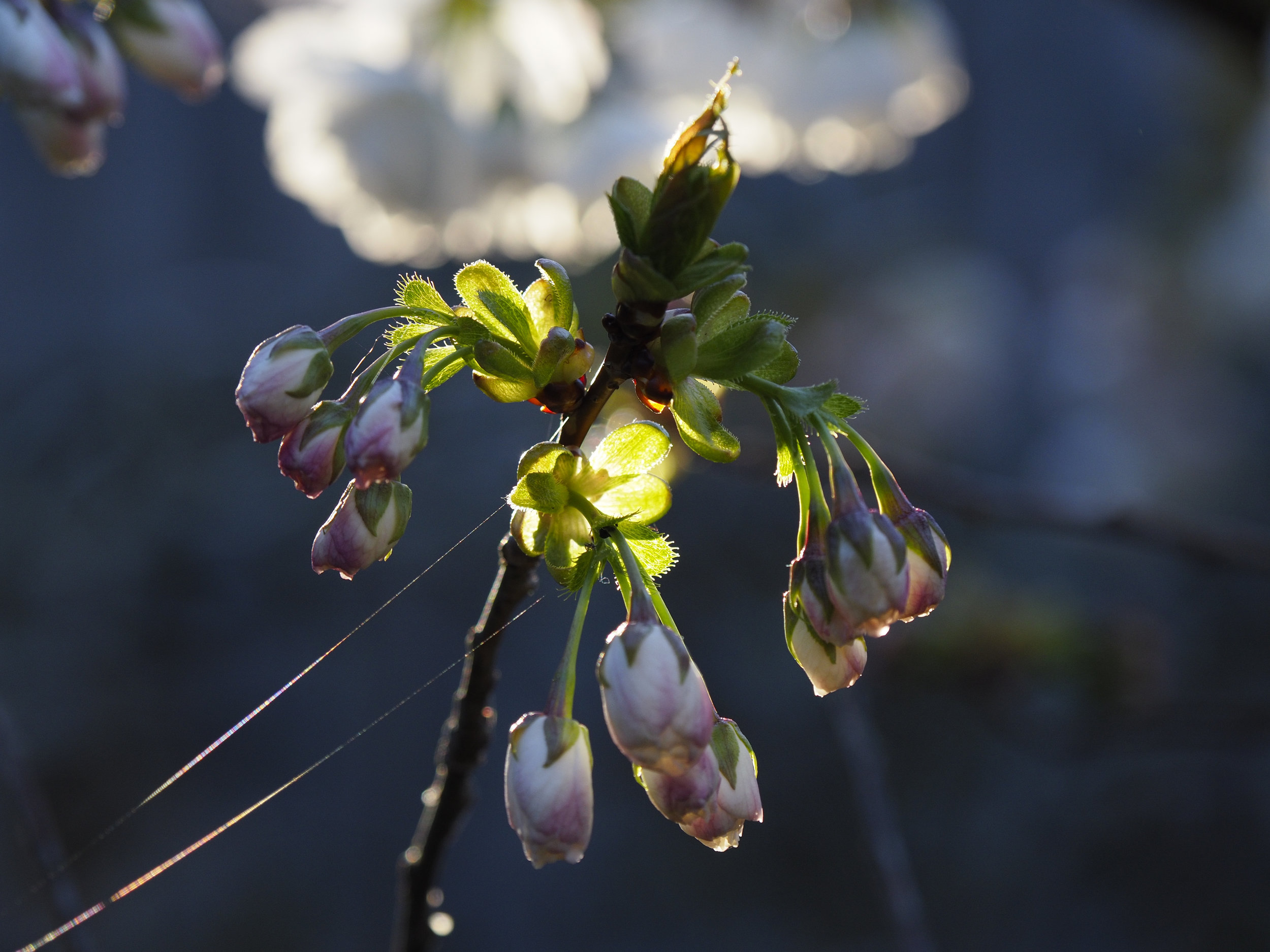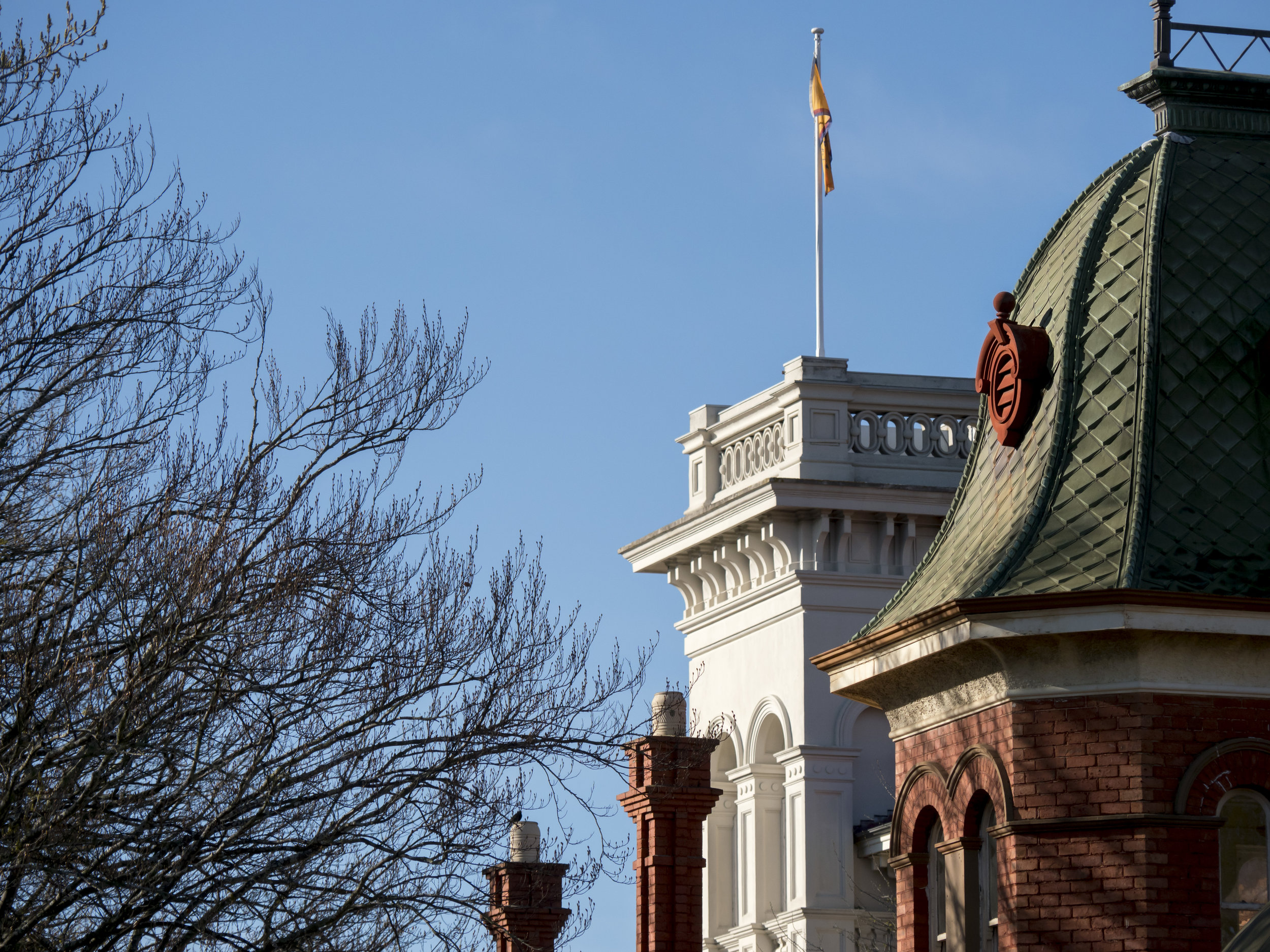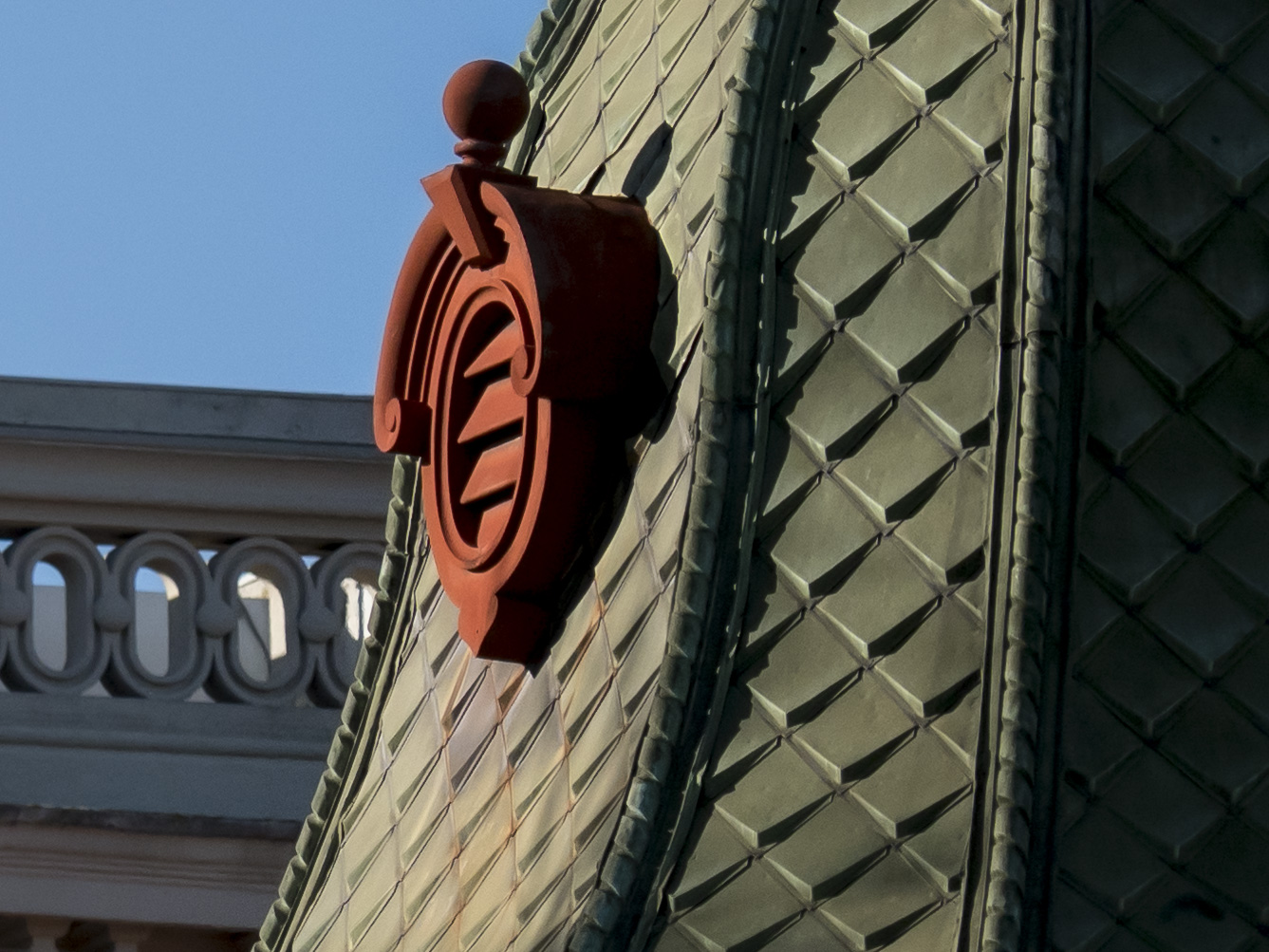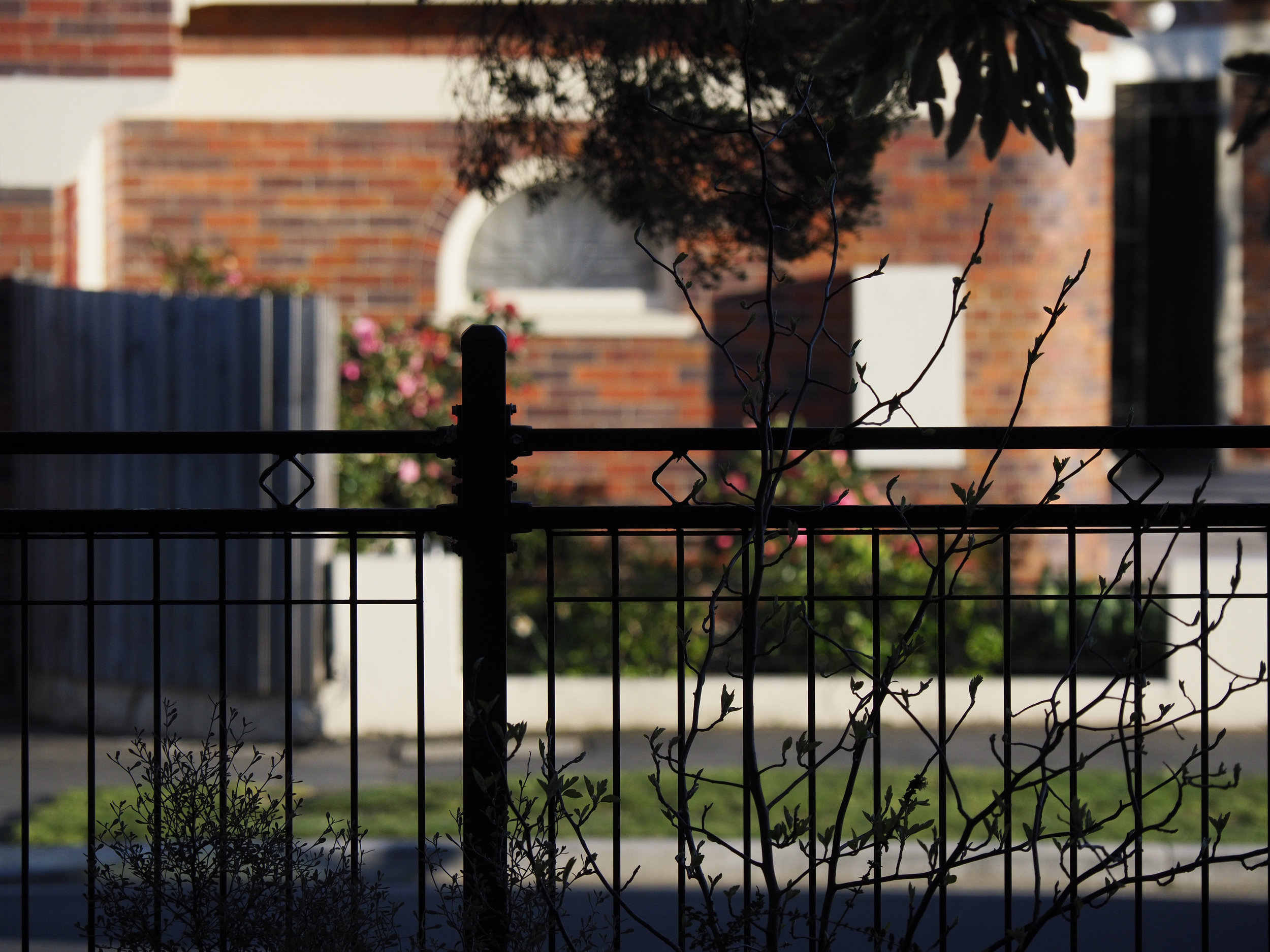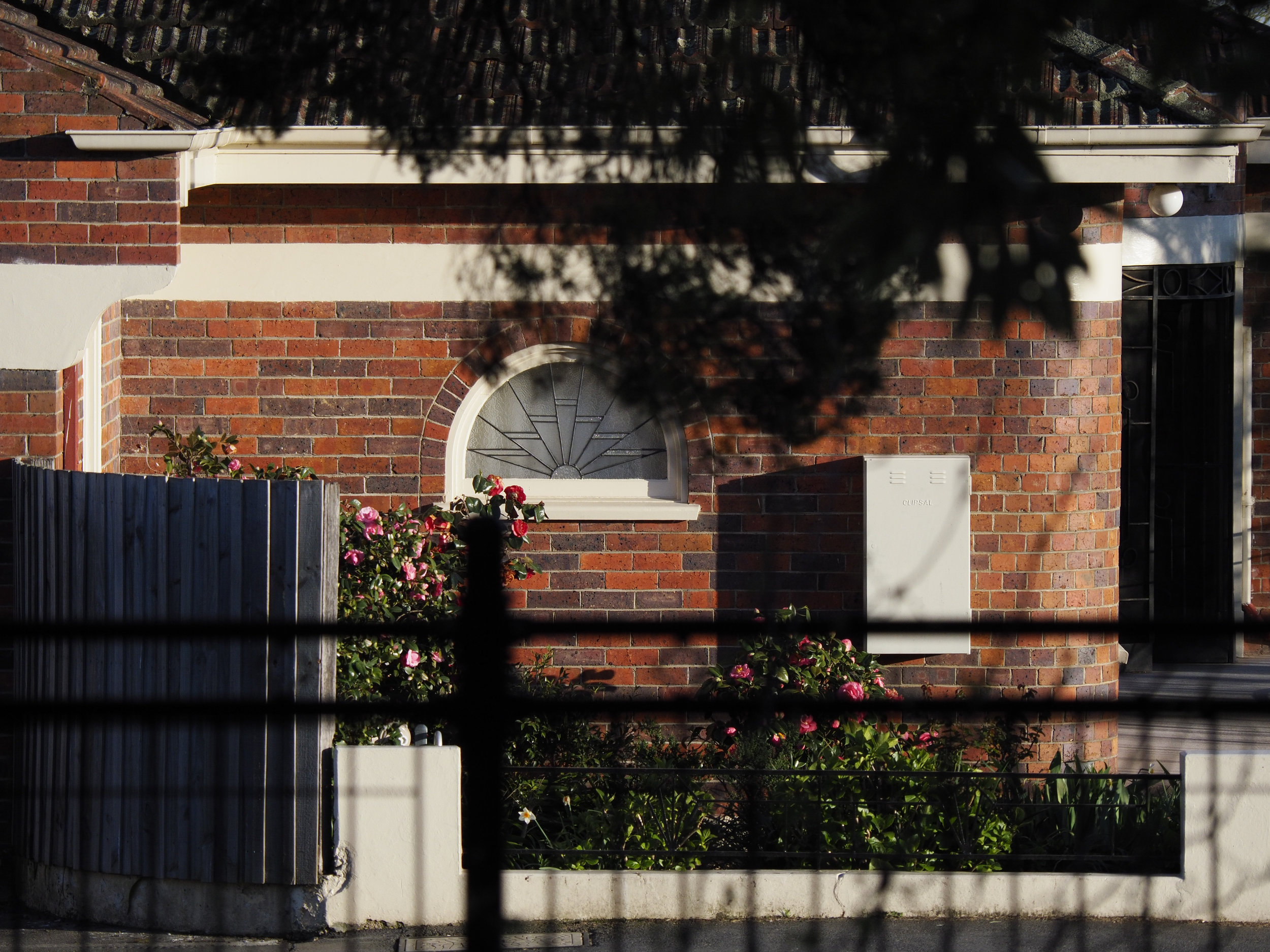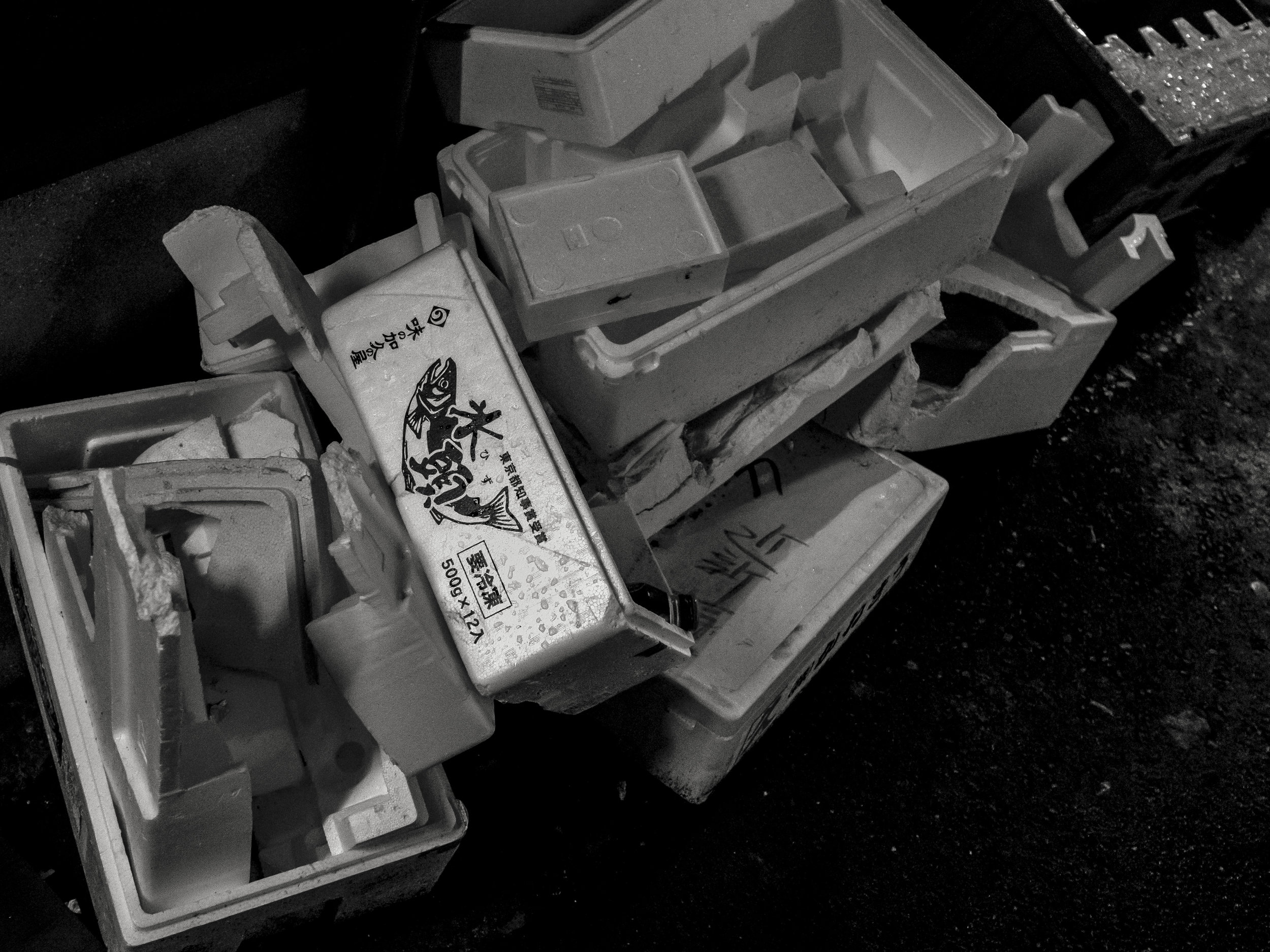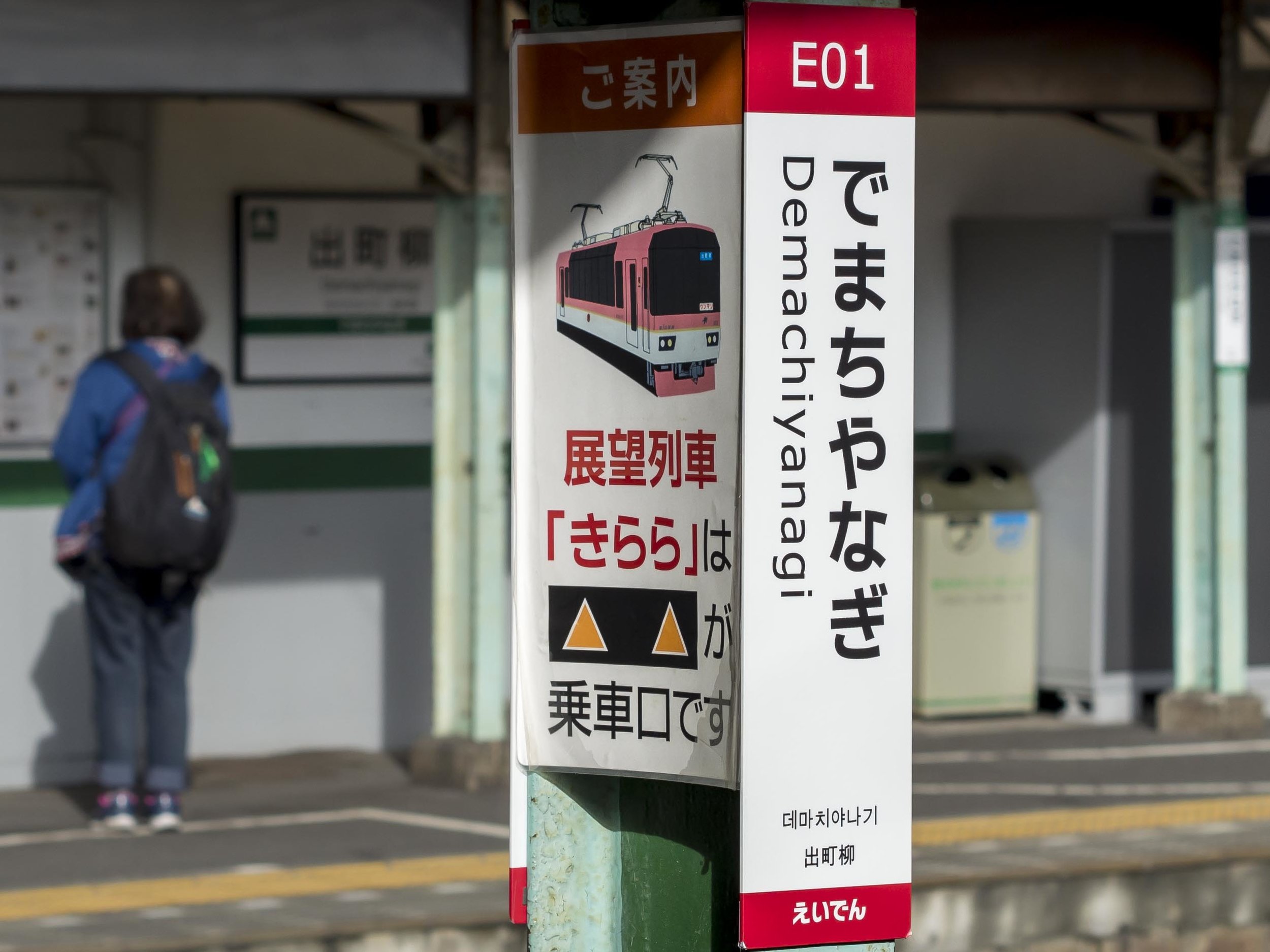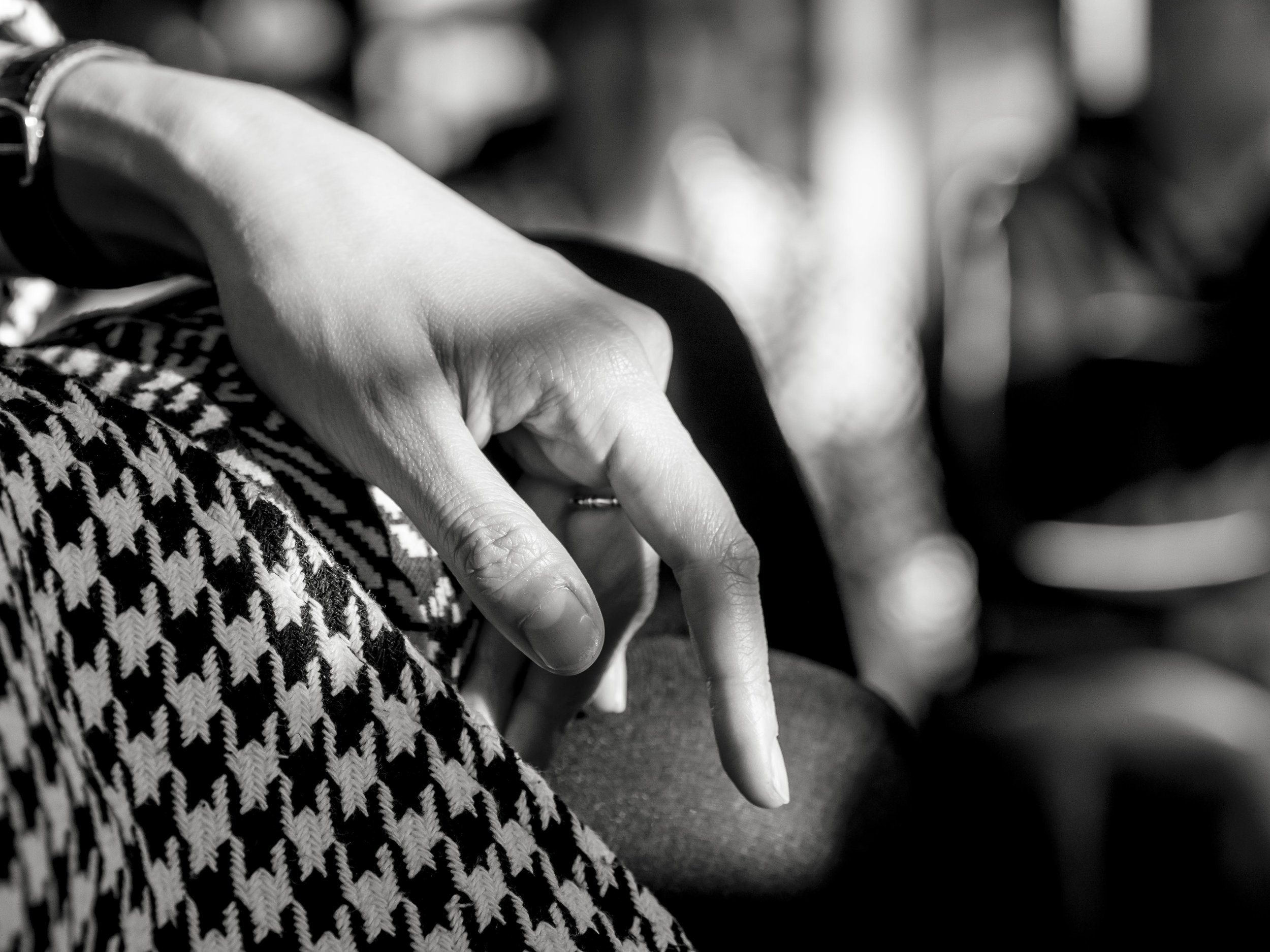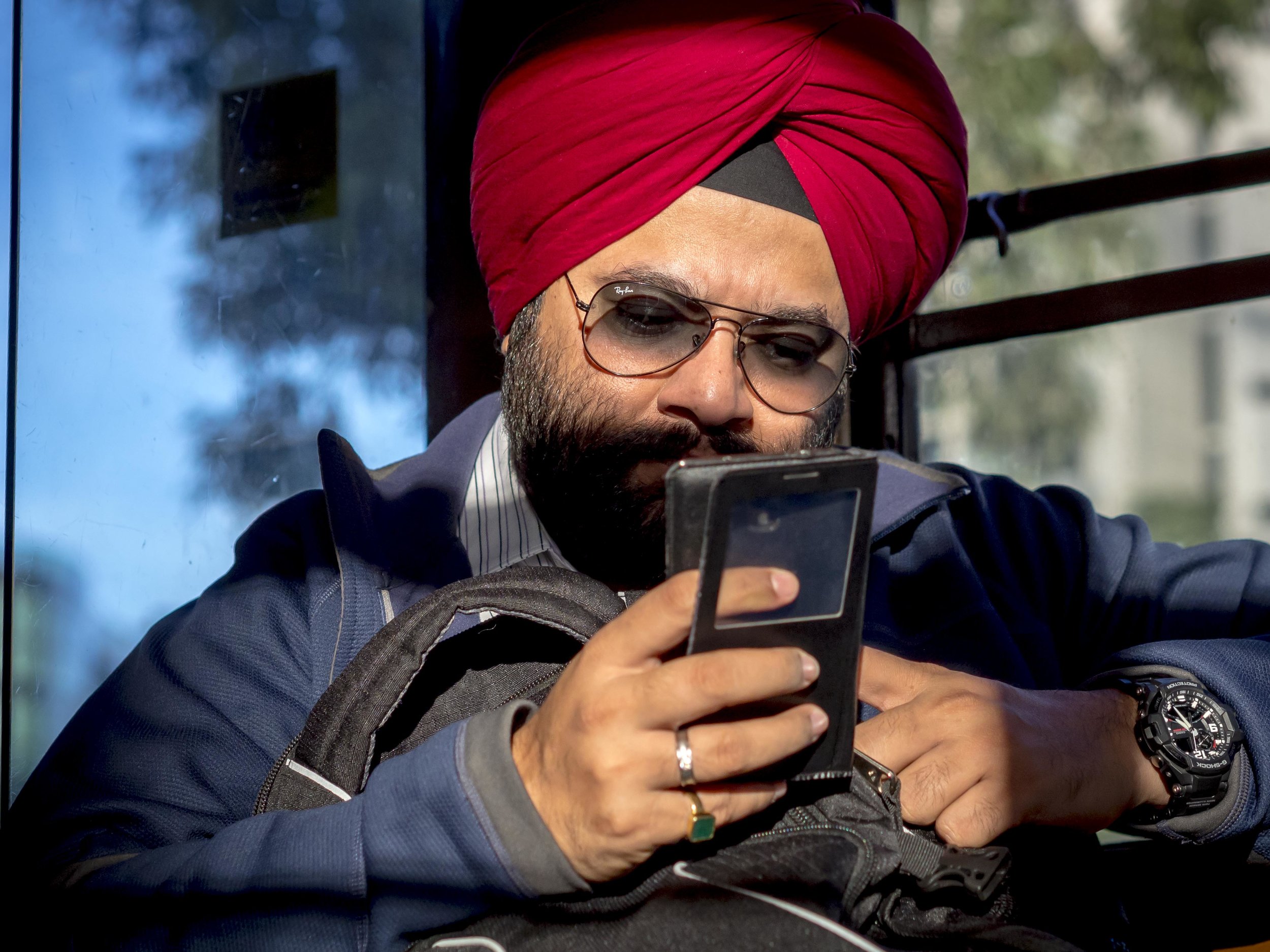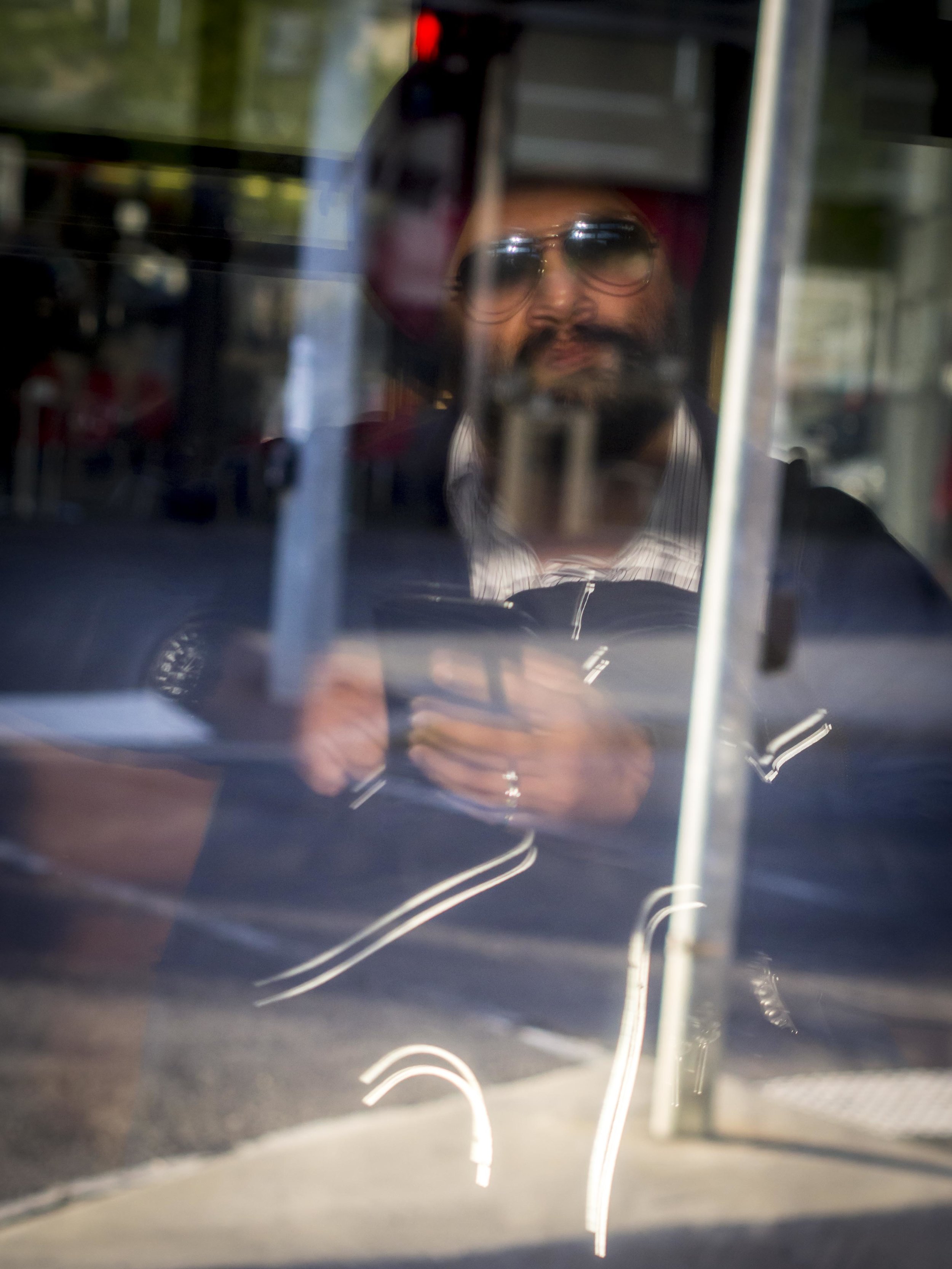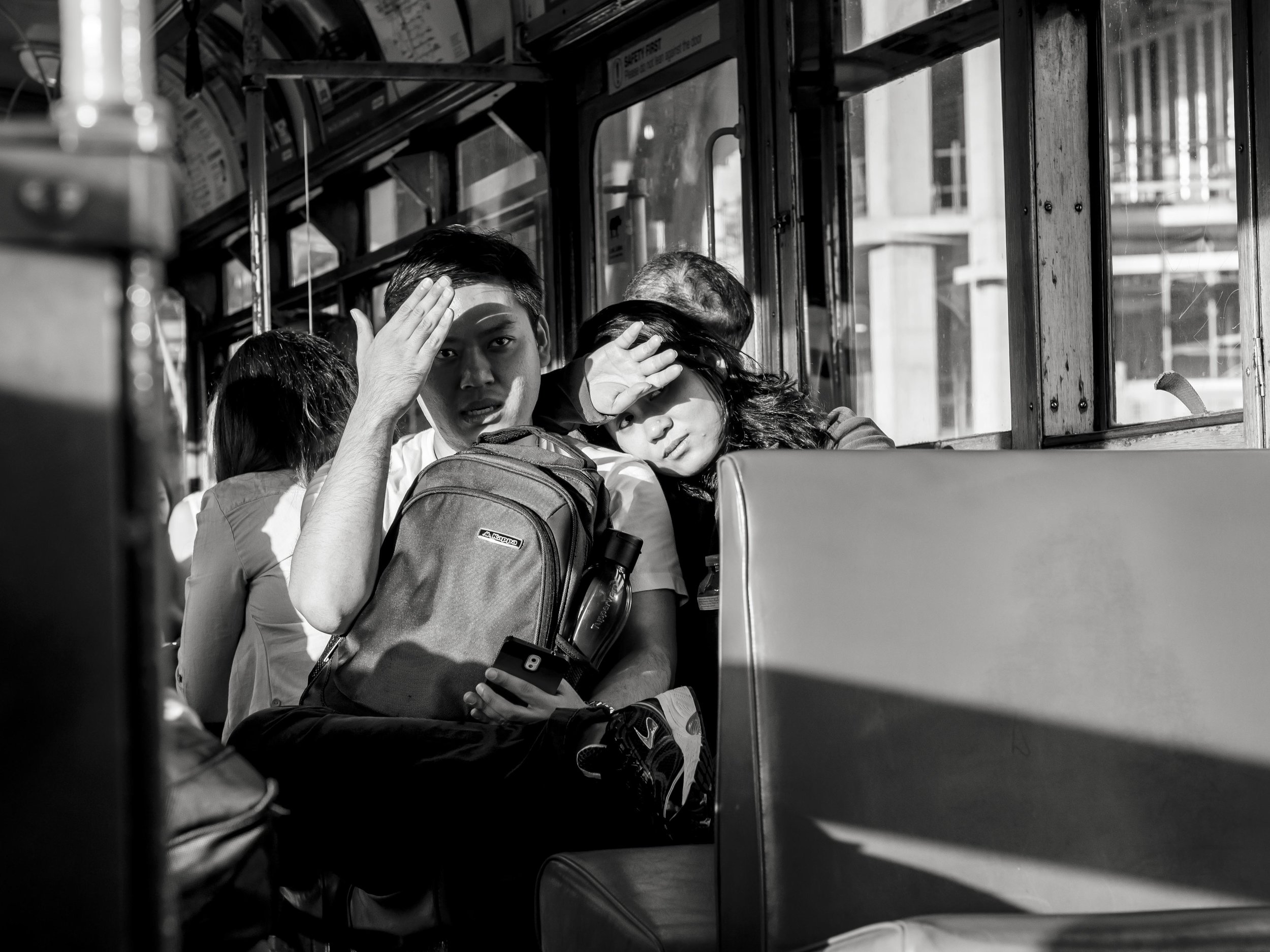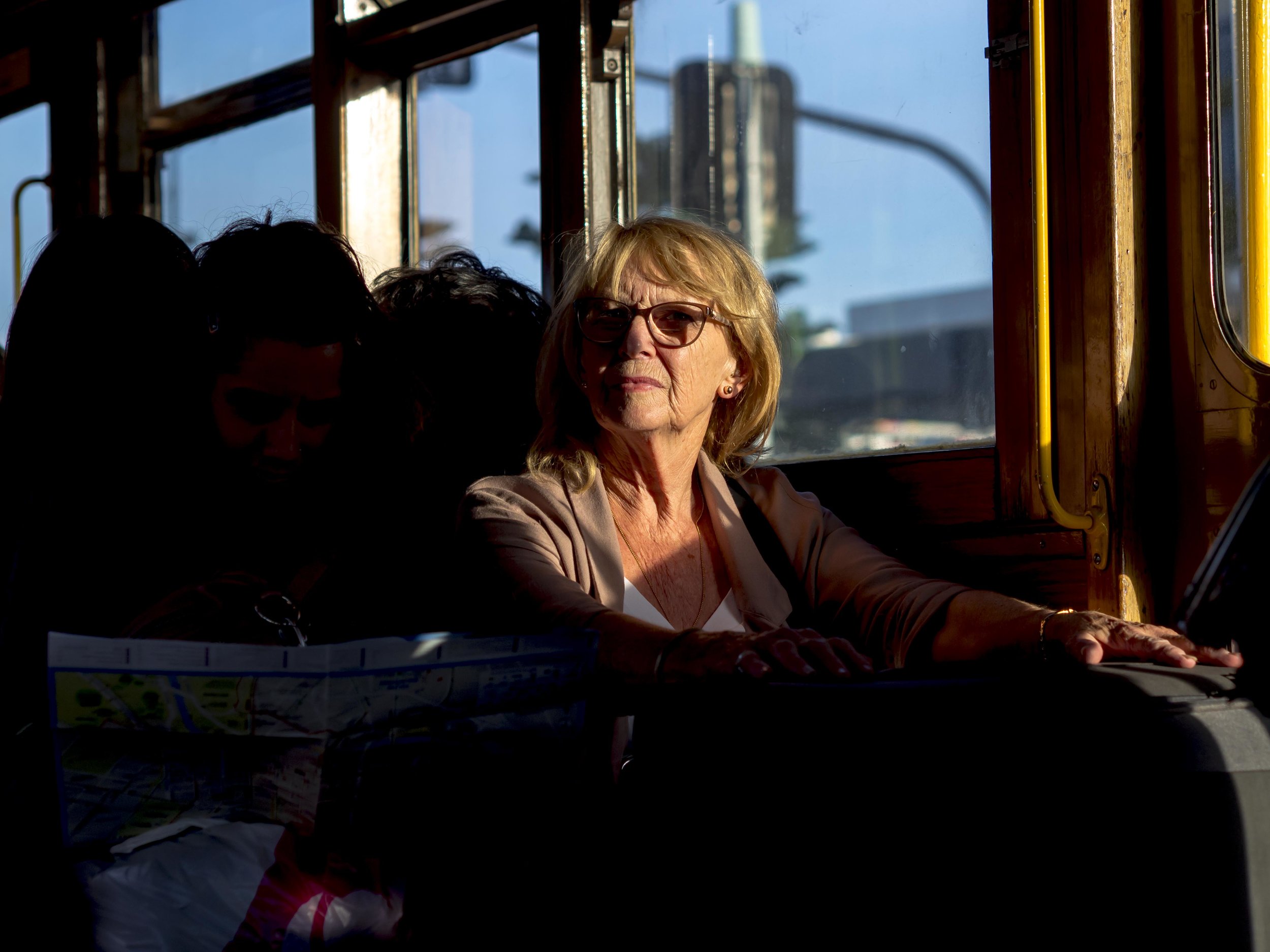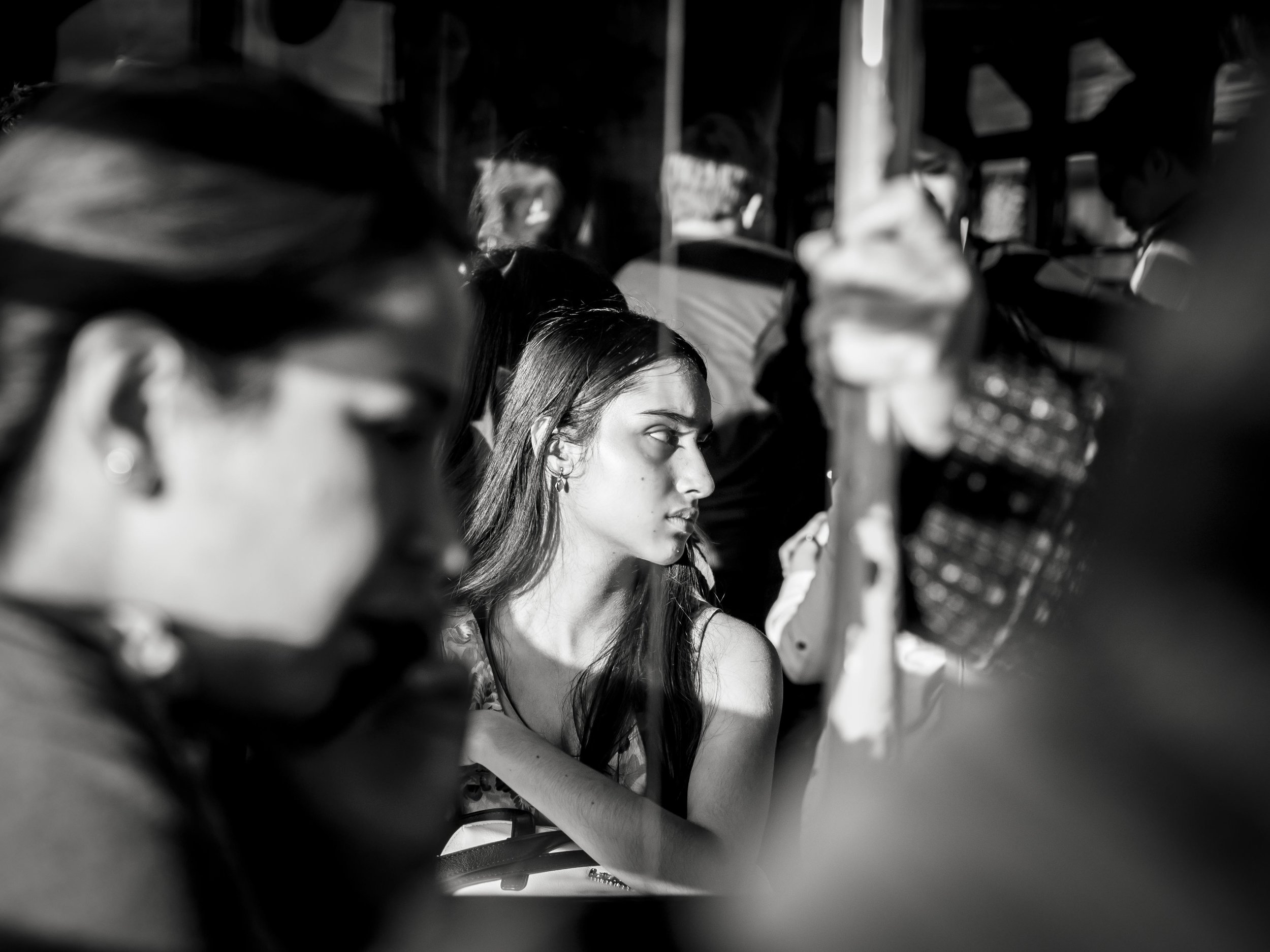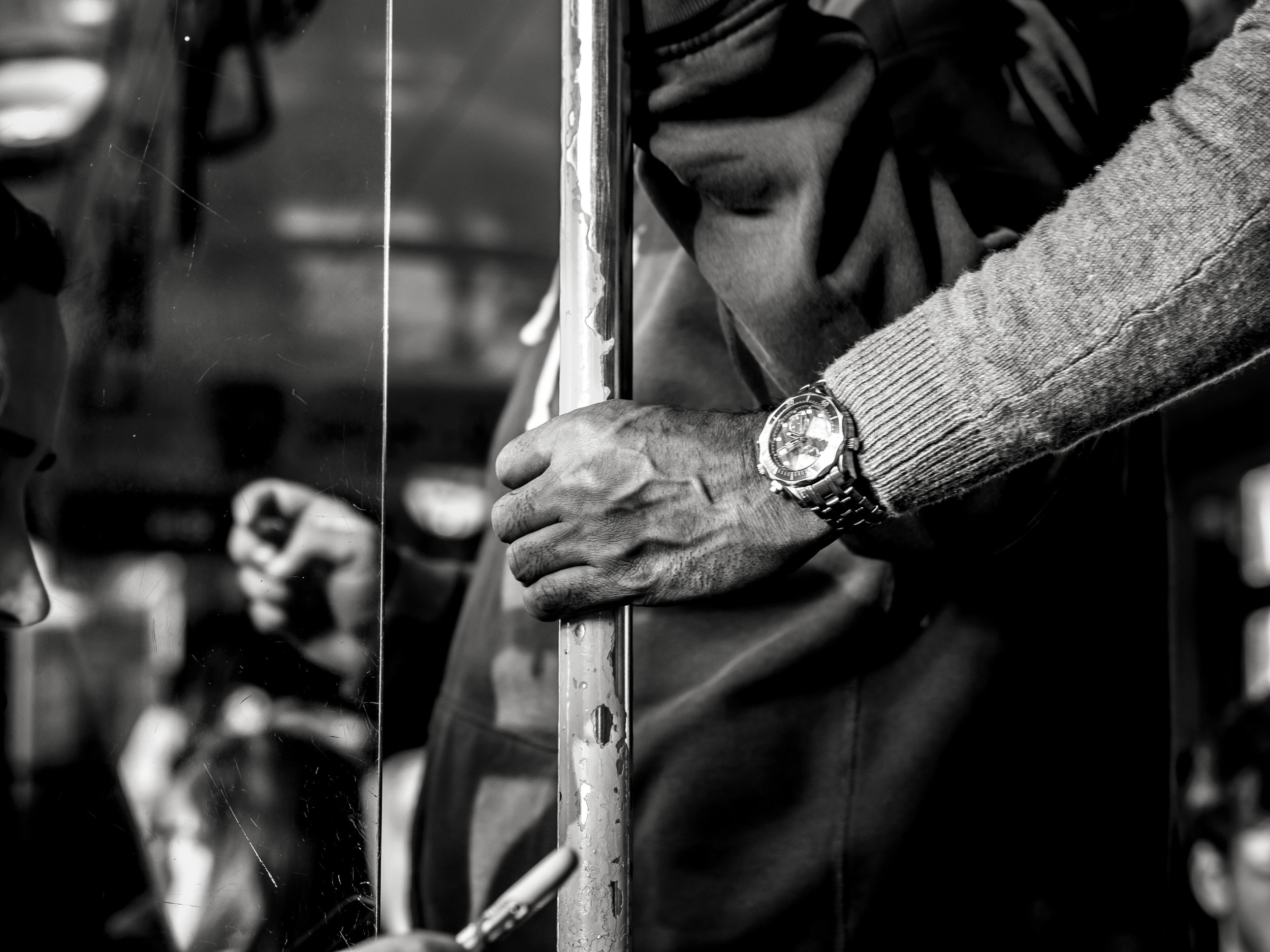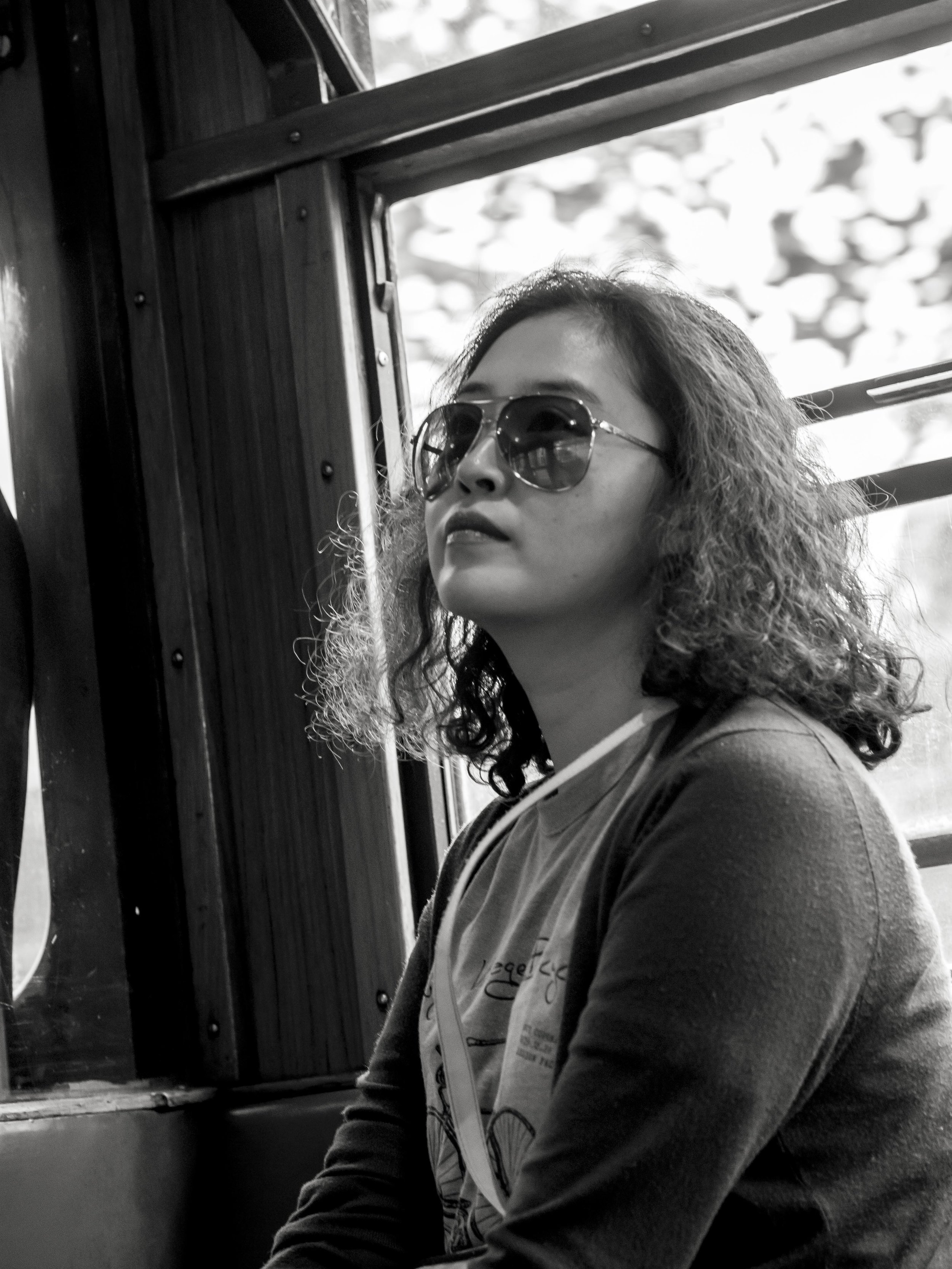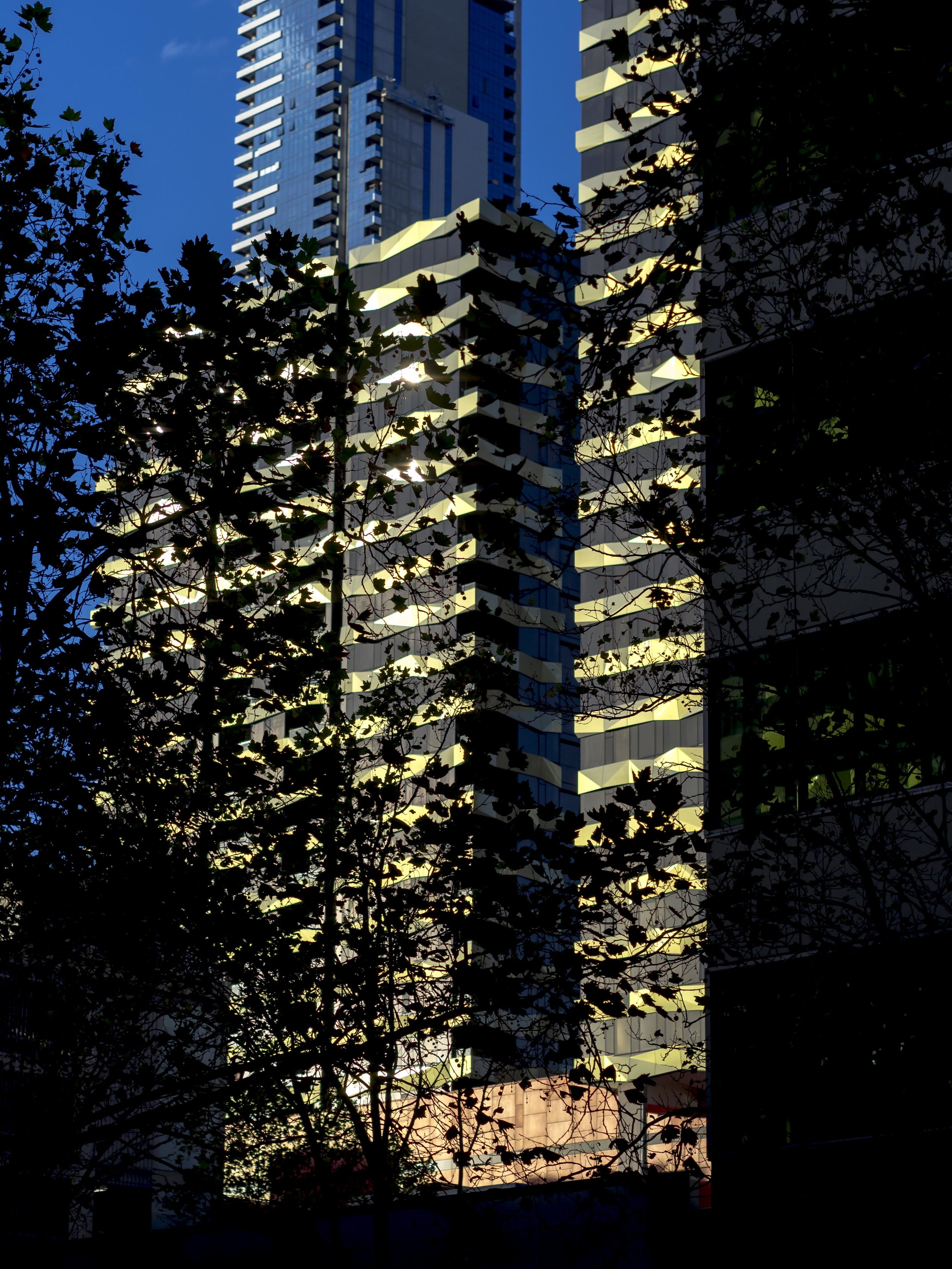How did this happen I ask myself. Happy enough with enough, I suddenly have a “full noise” kit.
The New
Fast, furious and tough. Fully pro in look, feel and performance. This is the camera/lens combo Olympus needed to make, a no excuses workhorse with the heart of a racing thoroughbred.
The balance (literally and figuratively) of the 12-100 and camera with grip is sublime. Not one for big and bulky cameras, I will forgive this combo it’s heft for what it delivers.
Chasing bees in the back garden, cars in the street and birds on the back fence it performed flawlessly and the lens range, which is wider than my usual core kit, settles my coverage jitters (it provides a true wide angle and a good one).
What I love (already);
The gentle, almost intuitive shutter release and shutter smoothness. It almost feels like it is in electronic shutter mode, with a fake noise added.
The button placement and many small, ergonomic improvements like the cards (2!) going in facing the user (never got used to the face-away loading of the other cameras).
The feeling of being bullet proof. This refers to battery power, focussing, stabiliser, lens range and general performance and of course durability. My EM5 mk1’s have proven to be rugged and long lasting, providing 300k+ files over six years between them. Using that logic, the EM1 mk2 should be utterly reliable and long lived (should I touch wood here?).
The feel and balance.
Not a videographer, but the C4K video!
Concerns;
Only that I will not use it much as I should.
some dead pixels (mapped out) early on, but I have seen that before in other new cameras until they settle down.
That annoying “wobble” that most Olympus zoom lenses have when they extend. I know it is normal, but I just do not like it.
The Old New (or new old?)
Very much the same imaging performance except for effectively zero focus tracking, this is the gentle touch, the “love” camera with an old school feel.
Ideal for portraiture and general street shooting and when the bigger camera is over kill.
What I love after a year of use;
The off-centre viewing for better interaction with portrait subjects and “open left eye” environment watching.
The image quality and near silent operation (same options of course with the EM1 except for the size and form factor).
Manual focus, even without peaking, and the fast primes. It just works.
The difference it provides to the bigger camera.
The jpegs.
Concerns;
Not in love with the “flappy” mechanical shutter sound.
The EM5 mk1’s?
I will be using these for hack images around the house and for travelling. I know it beggars belief that I would not take the premium cameras traveling, but almost every image I have taken in Japan has been with the older cameras and they owe me nothing financially or creatively, indeed the look of Japan for me is very much intertwined with the early 16mp sensor. Travelling with the peace of mind old, slightly worn and well loved cameras provide is a real bonus. Stressing about new, expensive and larger cameras can add an unneeded stress to travel. I just do not want to be that guy.
Part of me is also curious to see how long they will last.






